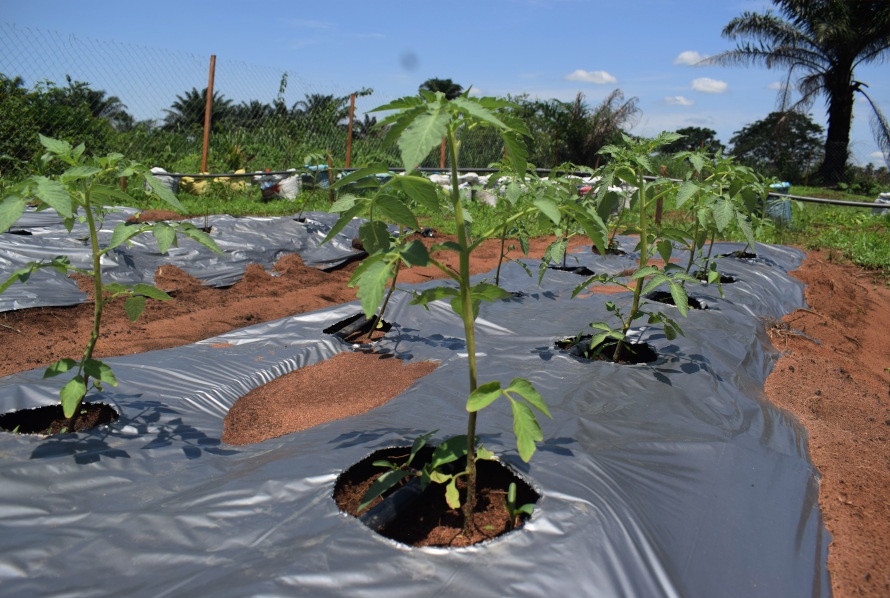
Building a food secured Africa

It is crucial to know that Nitrogen is important for good structural development as plants grow. It helps in the metabolism of plants whereby it produces it own food, creates chlorophyll, make own proteins, Amino Acids, cells and its own DNA. This means that when Nitrogen is deficient, plant growth is stunted and often turns yellow in appearance. Although Nitrogen is vital to plants, excessive supply of Nitrogen is deleterious to plants and the environment as well. Nitrogen is free in the air up to about 78%. It is in abundance but unfortunately, plants can’t absorb or use it directly except it is been converted from an air Nitrogen to Nitrogen in the soil. This can be made possible by the intervention of certain bacteria known as rhizobia bacteria or by the recycling of composting plants and animal manure.
The importance of Nitrogen for plant optimum performance has made it a necessity for a farmer to ensure adequate proportion of Nitrogen required is provided and applied to his farm. The question is, “if Nitrogen is gaseous in nature and plants can’t use it directly, how can it be trapped for plant use?” secondly, “if my soil is deficient in Nitrogen, how do I fix Nitrogen into my soil to replenish it?” We can examine three basic ways Nitrogen can be introduced to the soil by classifying it into two routes. These can be either organic or non-organic route.
The organic approach may take time but the end results creates a residual effect i.e. lasts longer in the soil for plants to access;
The non-organic approach will give a quick or fast result but will not have a residual effect as it will fade away;
Having proper understanding of how basic nutrients interact with the plants and how to keep those nutrients stable in the soil is very important and can help save from lots of damages as a result of nutrients deficiencies.